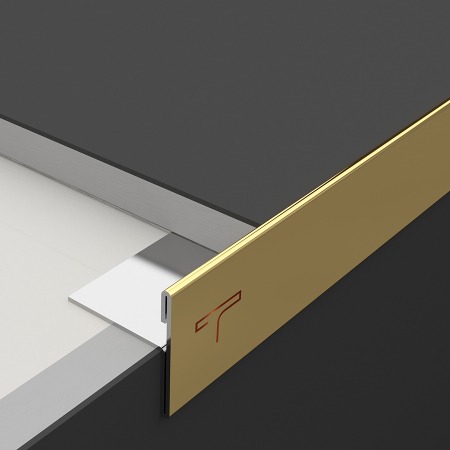
Stainless steel decorative profiles, SS decorative profile
Stainless steel decorative profiles are essential in modern architecture and interior design. Their aesthetic appeal, combined with durability, makes them a preferred choice for various applications. This guide delves deep into the world of stainless steel decorative profiles, exploring their types, benefits, applications, and installation techniques.
What are Stainless Steel Decorative Profiles?
Stainless steel decorative profiles are specially designed metal trims used to enhance the visual appeal of structures. These profiles are made from high-quality stainless steel, ensuring longevity and resistance to corrosion and wear.
Types of Stainless Steel Decorative Profiles
1. Stainless Steel Trim Profiles
Stainless steel trim profiles are used to provide a neat finish to edges and corners. They are available in various shapes, including L-shaped, U-shaped, and T-shaped profiles. These trims are ideal for protecting edges from damage and creating a seamless transition between different materials.
2. Stainless Steel Angle Profiles
Angle profiles are versatile and used in numerous applications. They are primarily employed to reinforce corners and edges, offering both structural support and a decorative touch.
3. Stainless Steel Channel Profiles
Channel profiles are U-shaped and are used for framing and supporting structures. They are often used in conjunction with glass panels and other materials to create a sleek and modern look.
4. Stainless Steel Flat Profiles
Flat profiles are simple and elegant, used to cover gaps and joints. They provide a smooth finish and are commonly used in flooring and wall applications.
Benefits of Stainless Steel Decorative Profiles
1. Durability
Stainless steel is known for its exceptional durability. It resists corrosion, rust, and staining, making it ideal for both indoor and outdoor applications.
2. Aesthetic Appeal
These profiles add a touch of sophistication and elegance to any space. They are available in various finishes, including brushed, polished, and matte, allowing for customization according to design preferences.
3. Versatility
SS decorative profile can be used in a wide range of applications, from residential homes to commercial buildings. They complement various materials, including wood, glass, and stone.
4. Low Maintenance
One of the significant advantages of stainless steel is its low maintenance requirements. It is easy to clean and does not require frequent upkeep, making it a cost-effective choice in the long run.
Applications of Stainless Steel Decorative Profiles
1. Interior Design
In interior design, stainless steel profiles are used to create sleek and modern looks. They are commonly used in kitchens, bathrooms, and living spaces to provide a clean and polished finish.
2. Architecture
Architects use these profiles to enhance the structural integrity and aesthetic appeal of buildings. They are used in facades, cladding, and as decorative elements in various architectural projects.
3. Furniture
Stainless steel profiles are used in furniture design to create contemporary pieces. They provide a sturdy framework and add a modern touch to tables, chairs, and cabinets.
4. Retail and Commercial Spaces
In retail and commercial environments, stainless steel profiles are used to create durable and attractive displays. They are also used in signage and shelving systems.
Installation Techniques for Stainless Steel Decorative Profiles
1. Measurement and Cutting
Accurate measurement and cutting are crucial for the successful installation of stainless steel profiles. Use high-quality tools to ensure clean and precise cuts.
2. Surface Preparation
The surface where the profiles will be installed should be clean and free of dust and debris. Proper surface preparation ensures a strong bond and a smooth finish.
3. Adhesive Application
Apply a high-quality adhesive suitable for stainless steel. Ensure even distribution to avoid gaps and ensure a strong bond.
4. Positioning and Fixing
Carefully position the profiles and press them firmly into place. Use clamps or temporary supports if necessary to hold the profiles until the adhesive sets.
5. Finishing Touches
Once the profiles are securely in place, remove any excess adhesive and clean the surface. Inspect the installation for any imperfections and make necessary adjustments.
Conclusion
Stainless steel decorative profiles are a versatile and durable choice for enhancing the aesthetic appeal and structural integrity of various spaces. Their wide range of applications, combined with their low maintenance requirements, makes them an excellent investment for both residential and commercial projects. By understanding the different types, benefits, and installation techniques, you can effectively incorporate stainless steel decorative profiles into your design projects.







